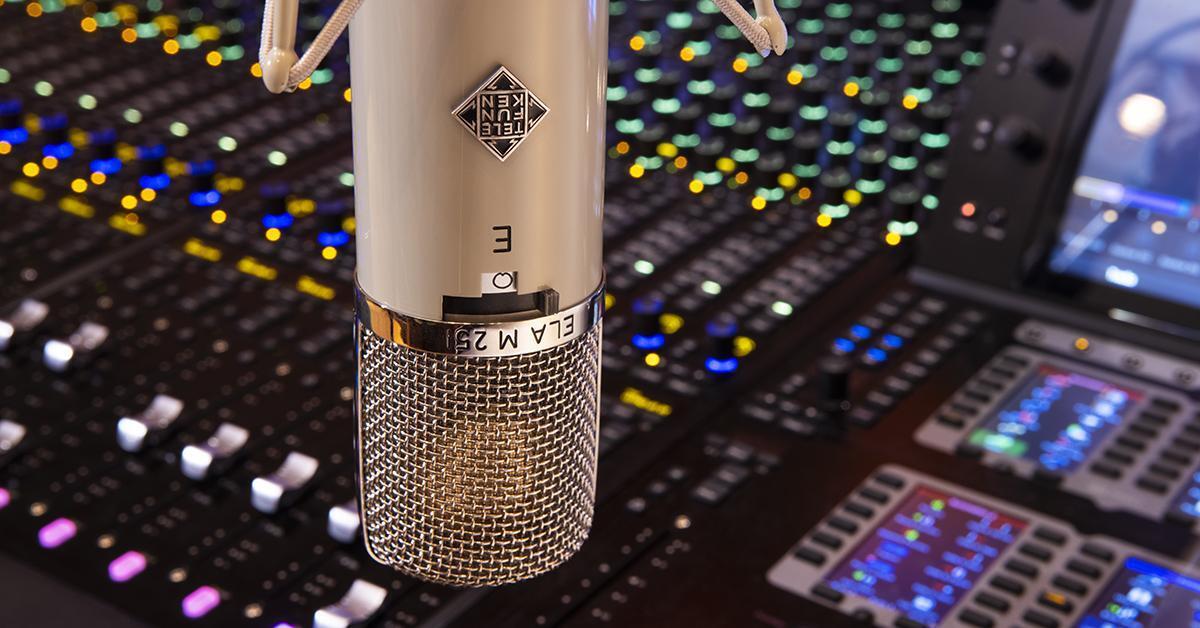How to Choose the Right Microphone for Your Home Studio
Setting up a home studio requires choosing the right microphone, as it plays a crucial role in capturing high-quality sound. Whether you’re recording vocals, podcasts, or instruments, selecting the best microphone depends on your specific needs. Here’s a guide to help you make the right choice.

1. Understand Microphone Types
There are two main types of microphones:
- Dynamic Microphones – Durable, great for loud sounds, and ideal for live performances or recording instruments. Example: Shure SM58.
- Condenser Microphones – More sensitive, capture detailed audio, and best suited for vocals and studio recordings. Example: Audio-Technica AT2020.
2. Consider Polar Patterns
Polar patterns determine how a microphone picks up sound. The most common ones are:
- Cardioid – Captures sound from the front while rejecting noise from the sides and back. Perfect for vocals and podcasts.
- Omnidirectional – Captures sound from all directions, ideal for group recordings or ambient sounds.
- Bidirectional (Figure-8) – Picks up sound from the front and back, useful for interviews or duet recordings.
3. USB vs. XLR Microphones
- USB Microphones – Plug-and-play, easy to use, and great for beginners or podcasters. Example: Blue Yeti.
- XLR Microphones – Offer better sound quality and require an audio interface or mixer. Ideal for professionals.
4. Choose Based on Your Recording Needs
- For vocals and podcasts – A large-diaphragm condenser mic is ideal.
- For instruments – Dynamic mics work best for drums and electric guitars, while condenser mics capture acoustic sounds well.
- For live streaming and gaming – USB microphones with cardioid patterns are the best option.
5. Consider Your Budget
If you’re just starting, a good USB condenser mic like the Blue Yeti or Rode NT-USB is a great choice. For professionals, investing in an XLR setup with an audio interface can provide superior quality.
Final Thoughts
Choosing the right microphone depends on your purpose, budget, and setup. If you’re a beginner, a USB condenser mic is a solid choice. If you want professional quality, an XLR condenser microphone with an audio interface is the way to go.


